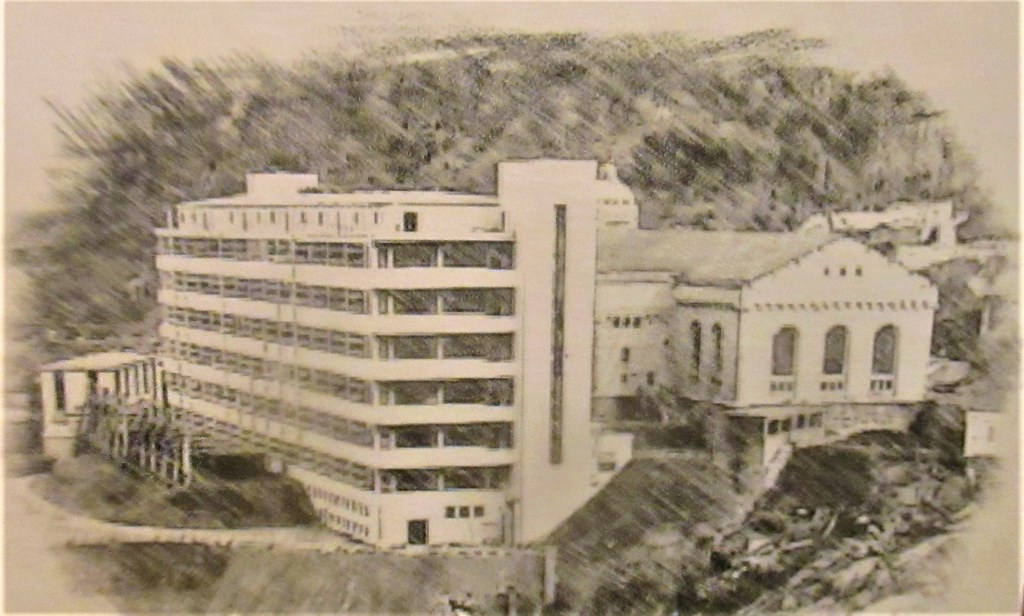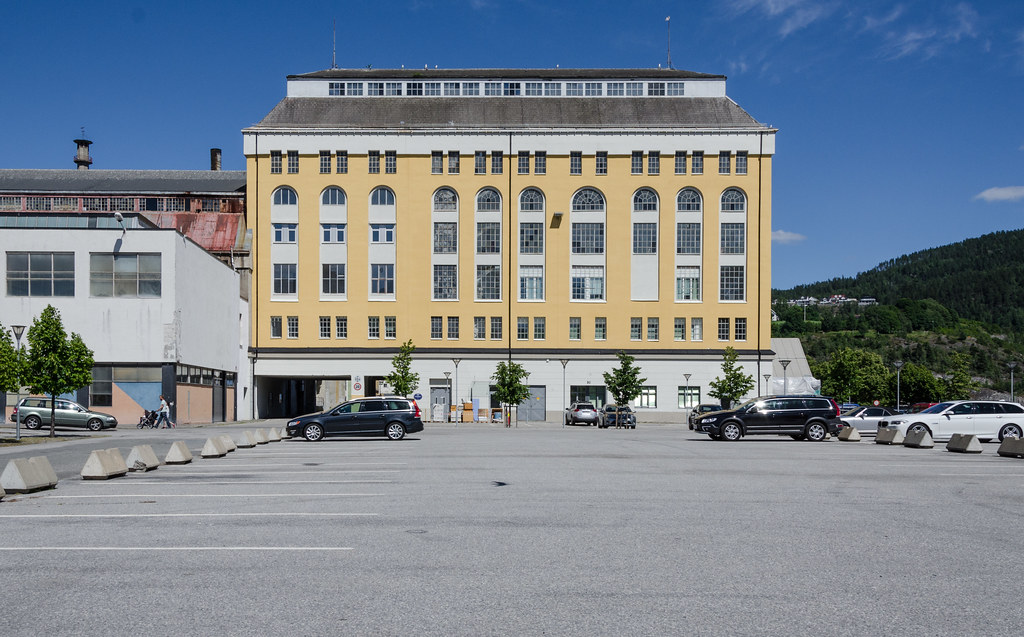Rjukan-Notodden Industrial Heritage Site: Nestled amidst majestic mountains, cascading waterfalls, and meandering river valleys, the Rjukan-Notodden Industrial Heritage Site stands as a testament to human ingenuity and industrial innovation. Comprising a remarkable ensemble of hydroelectric power plants, transmission lines, factories, transport systems, and towns, this site tells the story of the pioneering efforts of the Norsk-Hydro Company in the early 20th century.
Harnessing Nature’s Power: Hydroelectric Revolution
The industrial complex established by the Norsk-Hydro Company was a result of groundbreaking advancements in science and research, bringing together expertise from Europe and North America to harness the power of hydroelectricity. This endeavor aimed to meet the growing demand for artificial fertilizer, driven by the Western world’s need for increased agricultural production.
Company Towns and Social Innovation
The towns of Rjukan and Notodden, integral to the industrial enterprise, exemplify social innovation and workforce provision influenced by international planning ideas. Designed to accommodate workers and their families, these towns were connected by rail and ferry to ports where fertilizer was loaded for the global market. The integration of social infrastructure with industrial operations reflects a holistic approach to community development.

UNESCO Recognition: Significance and Criteria
Designated as a UNESCO World Heritage Site, the Rjukan-Notodden Industrial Heritage Site meets criteria (ii) and (iv) for its exceptional combination of industrial assets tied to the landscape and its representation of a new global industry in the early 20th century. It serves as a symbol of technological exchange and innovation, shaping the industrial landscape of the modern world.
Ensuring Integrity and Authenticity
Preserving the integrity and authenticity of the site is paramount to safeguarding its Outstanding Universal Value. The physical fabric of the property, including dams, tunnels, power plants, and factory areas, remains in good condition, reflecting its pioneering industrial heritage. Legal protection under the Cultural Heritage Act and Planning & Building Act, along with the implementation of a comprehensive Management Plan, ensure the continued conservation of this historic site.
Collaborative Management and Protection
A collaborative approach to management involves stakeholders at various levels, including the State Party, county authorities, municipalities, and relevant heritage organizations. A dedicated World Heritage Coordinator oversees the implementation of the Management Plan, which includes conservation efforts, research initiatives, visitor management strategies, and risk preparedness measures. Through collective action and strategic planning, the site’s Outstanding Universal Value is safeguarded for future generations.

Embracing the Legacy of Industrial Innovation
In conclusion, the Rjukan-Notodden Industrial Heritage Site stands as a testament to human creativity, resilience, and adaptability in the face of industrial challenges. As custodians of this historic legacy, we must continue to uphold its values, protect its integrity, and celebrate its contributions to global industrial heritage. By embracing innovation and collaboration, we ensure that the spirit of industrial pioneering lives on, inspiring future generations to push the boundaries of technological advancement and sustainable development.
Read in Rachona: Rjukan-Notodden Industrial Heritage Site: Pioneering Industry in a Dramatic Landscape






